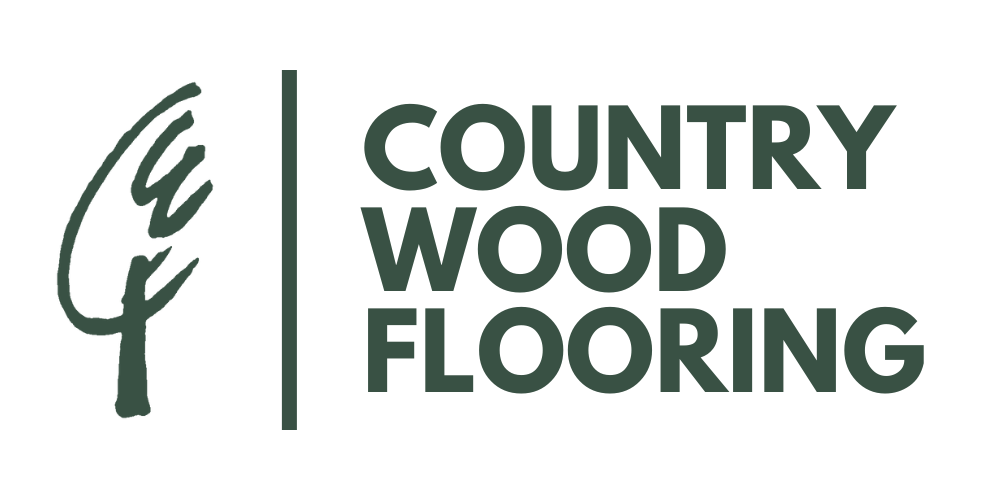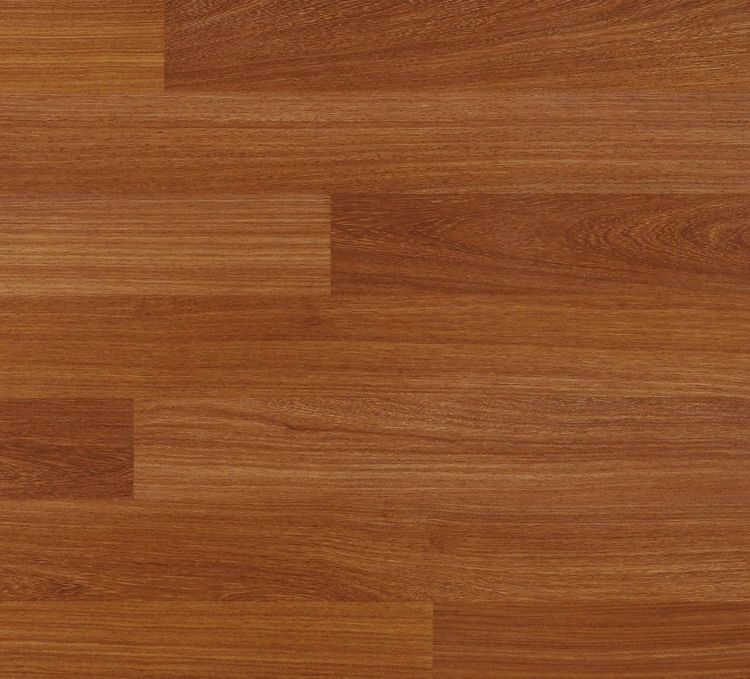Follow Us
Join our newsletter
We will get back to you as soon as possible
Please try again later
Your Trusted Flooring Wholesaler Since 1999
Laminate Flooring
Laminate flooring is a multi-layer engineered product designed to authentically replicate the appearance of natural materials like hardwood, stone, or ceramic. Its construction typically comprises four main layers: a durable wear layer that resists scratches and stains; a design layer featuring a high-resolution photograph of the desired surface; a core layer, often made from high-density fiberboard (HDF) that provides structural integrity; and a backing layer that adds stability. This combination results in a flooring solution that not only looks sophisticated but also holds up remarkably well against the daily rigors of modern life.
Benefits of Laminate Flooring
The advantages of laminate flooring are numerous, making it an attractive choice for both residential and commercial applications:
- Affordability: Laminate flooring offers a cost-effective alternative to solid hardwood or natural stone, allowing consumers to achieve a high-end appearance within a manageable budget.
- Durability: Engineered to withstand scrapes, dents, and spills, laminate flooring is particularly well-suited for high-traffic areas, homes with pets, or environments prone to moisture.
- Simplicity of Installation: The advent of click-together flooring systems has simplified the installation process, enabling both contractors and DIY enthusiasts to lay laminate flooring efficiently. This also means less downtime for your space.
- Low Maintenance: Routine cleaning requires minimal effort; a simple sweep and occasional damp mop will suffice in maintaining the integrity of the flooring.
Types of Laminate Flooring
Understanding the various options available can significantly impact your choice:
- Standard Laminate: This is commonly available and comes in a wide array of colors and patterns, offering versatility for any design scheme.
- Water-Resistant Laminate: For areas susceptible to moisture—such as kitchens and bathrooms—water-resistant laminate delivers an additional layer of protection without compromising style.
- High-Gloss Laminate: This variety provides a polished look that enhances light reflection, creating an expansive feel in any room.
- Textured Laminate: Designed to mimic the natural textures of hardwood, this option adds a tactile element to installations, elevating overall aesthetics.
Installation Methods for Laminate Flooring
Successful installation is crucial to the performance and longevity of laminate flooring. There are two primary methods to consider:
- Floating Installation: This method allows laminate planks to lay over the subfloor without being permanently attached. It is both straightforward and reduces the chances of moisture damage while allowing for natural expansion and contraction.
- Glued Installation: Involves adhering the planks together, providing a more seamless look. While this approach may be more complex, it can be beneficial in environments where additional moisture protection is required.
Selecting the installation method should align with both the flooring type and the specific conditions of your install site to ensure optimal performance.
Maintaining Your Laminate Flooring
To preserve the beauty and longevity of laminate flooring, adherence to proper maintenance practices is essential:
- Regular Cleaning: Routine sweeping or vacuuming is crucial to prevent dirt and debris from scratching the surface. A damp mop with manufacturer-approved cleaners will maintain its appearance.
- Avoiding Harsh Chemicals: Utilize mild cleaning solutions to protect the wear layer. Aggressive chemicals can degrade the finish over time.
- Managing Exposure to Sunlight: Direct sunlight may fade colors over time; consider using window treatments to mitigate this effect.
Laminate Flooring Trends in 2025
As we look to the future, laminate flooring will continue to evolve. Key trends anticipated for 2025 include:
- Sustainable Materials: Increasingly, manufacturers are prioritizing eco-friendly production processes and materials derived from recycled sources, appealing to environmentally conscious consumers.
- Bold Colors and Patterns: Expect a shift away from neutral tones toward vibrant hues and intricate designs that allow for personal expression while enhancing interior spaces.
- Mixed Media Designs: Combining laminate with other flooring materials will create diverse visual landscapes, allowing for unique design presentations.
Evaluating the Cost of Laminate Flooring
The price of laminate flooring can widely vary. Generally, the cost per square foot ranges from $1 to $5, depending on the quality and brand. Installation costs should be factored into the overall budget, with professional installation typically ranging from $2 to $5 per square foot. However, when considering the durability, aesthetic versatility, and low maintenance of laminate, it often presents a superior value compared to other flooring materials.
Laminate vs. Other Flooring Types
To provide a clearer perspective, it is pertinent to compare laminate flooring with other popular choices:
- Laminate vs. Hardwood: While hardwood flooring is revered for its timeless beauty, it is significantly more expensive and less resistant to moisture. Laminate provides a similar aesthetic at a fraction of the cost and with increased durability.
- Laminate vs. Tile: Although tile offers impressive moisture resistance, it can be cold and hard underfoot. Laminate provides warmth and comfort, making it more suitable for residential living spaces.
- Laminate vs. Carpet: While carpet exudes warmth and softness, it can harbor allergens and be difficult to maintain. Conversely, laminate flooring is hypoallergenic and easier to clean, appealing especially to families.
The choice ultimately depends on your individual preferences, lifestyle, and budget.
Frequently Asked Questions
Is laminate flooring waterproof?
While standard laminate is water-resistant, higher-quality options designed specifically for water exposure can offer greater resistance. Promptly addressing spills will also help maintain the integrity of the flooring.
Can I install laminate flooring over existing floors?
Yes, laminate can typically be installed over most existing floors, provided the surface is clean and level, allowing for a seamless transition.
How can I address scratches on my laminate floor?
Minor scratches can often be repaired using laminate floor repair kits, while larger damages may require replacement of the affected plank.
What is the lifespan of laminate flooring?
With proper maintenance, laminate flooring can last between 15 to 25 years, making it a worthwhile investment.
Can laminate flooring be refinished?
Laminate cannot be sanded or refinished as hardwood can. Regular cleaning and careful maintenance are essential to preserving its appearance over time.
Contact Us
Contact Us
We will get back to you as soon as possible.
Please try again later.
Quick Links
Business Info
Phone Number: (626) 820-8555
Email:
info@countrywoodfloor.com
Business Address:
17521 Railroad St #G,
City of Industry, CA 91748
Business Hours
- Mon - Fri
- -
- Sat - Sun
- Closed
Copyright ©️ 2025 Country Wood Flooring


